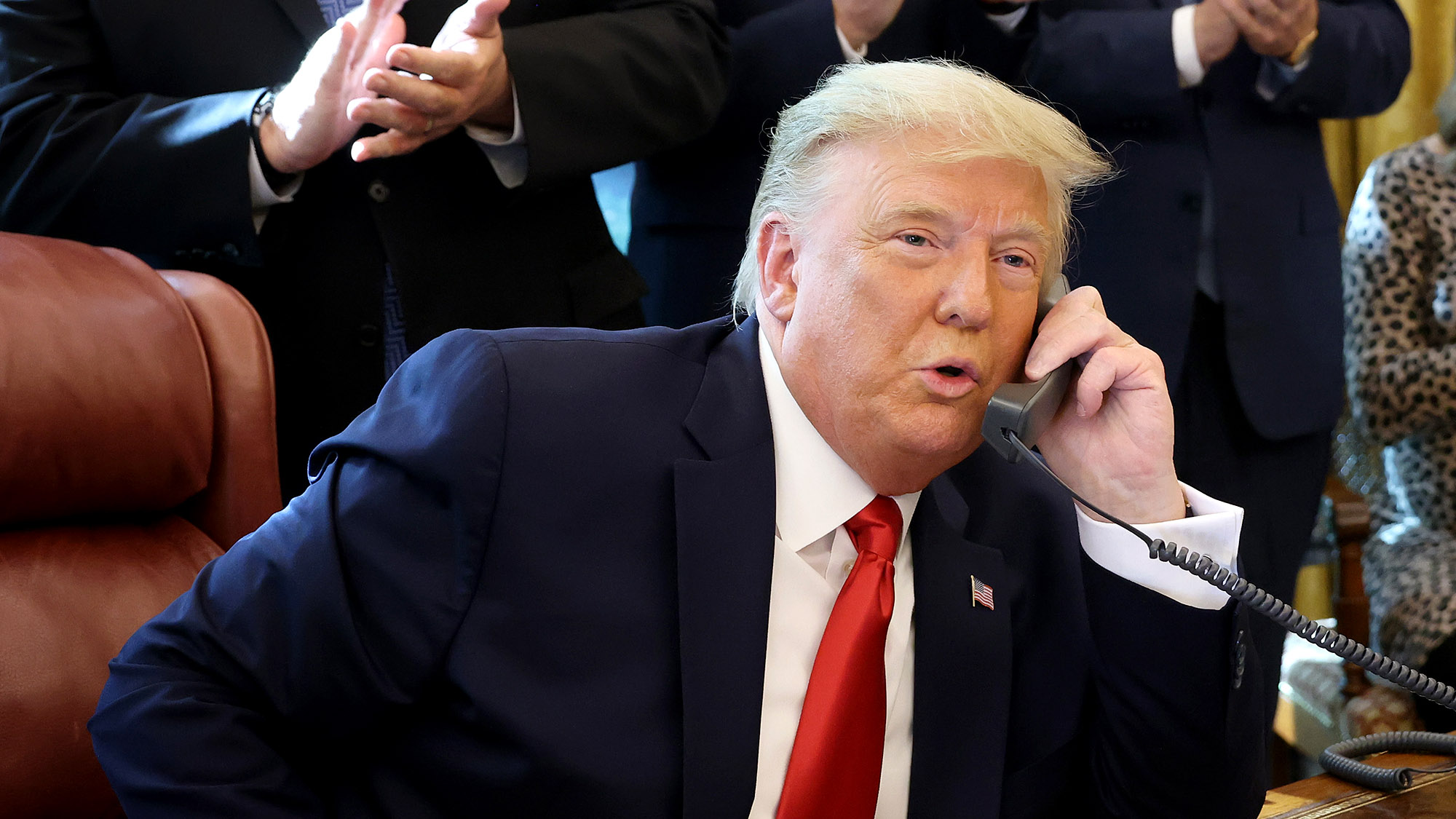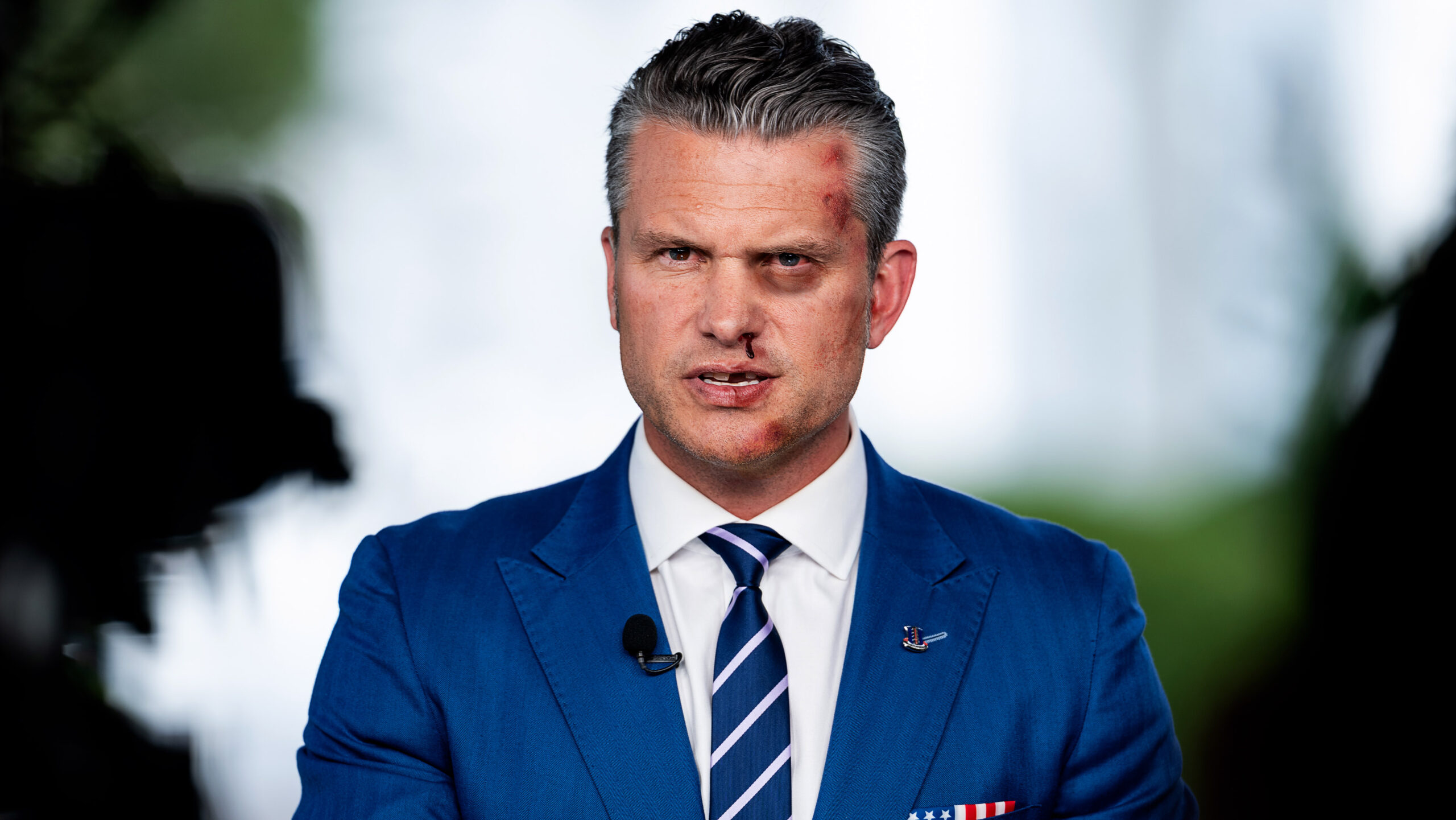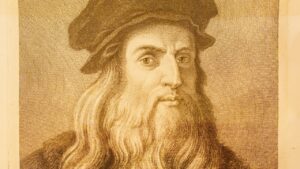Uncover How 8 Renowned Artists Transformed Their Careers Through the Secret Power of the New Deal
–>
Sculptor Augusta Savage—the first Black member of the National Association of Women Painters and Sculptors—was another key Harlem Renaissance figure involved in the Federal Art Project. In 1937, she founded the program’s Harlem Community Art Center, which offered free and subsidized art classes to students of all ages and backgrounds. Savage later left the center to create a sculpture (Lift Every Voice and Sing, a.k.a.The Harp) for the 1939 New York World’s Fair. When she returned to resume her role as director, the center refused her; it soon lost its federal funding and shuttered during World War II.
Berenice Abbott

In 1935, the Federal Art Project started funding photographer Berenice Abbott’s endeavor to capture New York City’s latest phase of urbanization in all its skyscraper glory. According to the New York State Museum, she was given “a $145 monthly salary, a field assistant, research assistants, a secretary, and a car.” The project, which ended due to budget cuts in 1939, is known as Changing New York. It’s “one of the monumental achievements of 20th-century photography,” in the museum’s words.
You Might Also Like …
Eitaro Ishigaki

Painter Eitaro Ishigaki was born in Japan and immigrated to the U.S. as a teenager in the early 1900s. His main contributions to the Federal Art Project were Civil War murals for the Harlem Courthouse honoring enslaved people and some of the allies—including radical abolitionist John Brown—who helped them fight for freedom. The murals were removed in 1938 because some people found them offensive. By that point, Ishigaki was no longer working for the project: He had been fired in 1937 due to a newly instituted rule that forbade non-citizens from participating in it. “I have lived in this country for thirty years, but because Orientals cannot become citizens, they have taken our only means of livelihood from us,” he said at the time. “Though we live like other Americans—have been educated here, pay taxes, and have the same stomachs as American citizens—we are not allowed to become naturalized. You can see how unfair the whole thing is.”
Louise Nevelson

Louise Nevelson also immigrated to the U.S. as a kid in the early 1900s—from modern-day Kyiv, Ukraine. She’s now best remembered for her towering, puzzle-like sculptures of salvaged wood. But in the 1930s, before she was famous, she worked as an art teacher as part of the Federal Art Project. Her first gig was a mural painting class at Brooklyn’s Flatbush Boys Club for $24 per week. Over the course of six weeks, her 10 young students painted two of their own murals in the club’s halls. After the course’s conclusion, she went on to teach other classes elsewhere and also produce paintings and sculptures for the Federal Art Project. Nevelson, like Abbott, was forced to stop working for the project due to budget cuts in 1939.



















